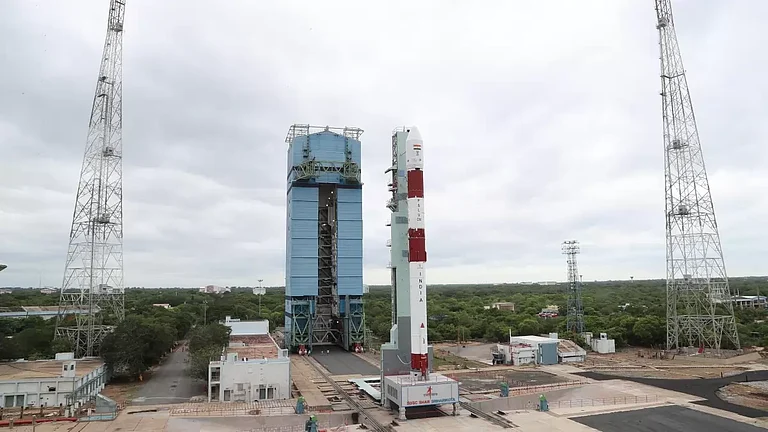American scientists have issued a warning about an impending solar storm that could significantly affect electronic communications and satellite systems on Earth. Following a series of intense solar flares, concerns have risen about the storm's potential impact on technology, especially in India. The Indian Space Research Organisation (ISRO) is taking steps to protect vital infrastructure, with experts stressing the importance of heightened vigilance in the coming days.
Solar storms are sudden bursts of particles, energy, and magnetic fields from the Sun that can disrupt Earth's magnetosphere. Speaking to NDTV, Dr. Annapurni Subramanian, Director of the Indian Institute of Astrophysics, explained, “The (solar) flare which occurred a few days ago is similar in terms of strength to the one which occurred in May.” These flares can cause geomagnetic storms, leading to radio blackouts and power outages on Earth.
Recent NDTV reports highlighted several powerful solar flares, including an X7.1 flare on October 1 and an even stronger X9.0 flare on October 3. NASA, through its Solar Dynamics Observatory, captured these flares, emphasizing their potential to disrupt communication systems. The National Oceanic and Atmospheric Administration (NOAA) classified the X9.0 flare as an R3-strength flare, meaning it has a "strong" potential for causing radio blackouts.
In response to the approaching storm, ISRO has alerted Indian satellite operators to take necessary precautions. Dr. Annapurni Subramanian noted, “We expect to do something tonight or tomorrow night to see if anything is happening.” She further explained that while predictions suggest potential interference, it's uncertain whether it will occur or not; "we'll have to wait and see."
The powerful solar storm in May had already produced stunning auroras across the Northern Hemisphere, highlighting the visual effects of such events. The upcoming storm, expected to hit Earth between October 4 and October 6, poses risks like voltage fluctuations in power grids, particularly in regions with geomagnetic latitudes above 50 degrees.
The approaching geomagnetic storm is expected to affect various technologies, potentially disrupting high-frequency radio communications and causing increased drag on satellite systems, which could impact their stability and orientation. GPS systems may also suffer from outages and data inaccuracies, complicating navigation for industries dependent on precise location services.
However, the storm may also offer a visual spectacle, with the possibility of stunning auroras visible further south than usual. The NOAA explains that geomagnetic storms create these light displays when charged particles from solar wind interact with Earth's atmosphere, resulting in vibrant colors. These auroras could be seen across northern U.S. states and parts of the lower Midwest.
As the solar storm approaches, its potential impacts on electronic communications and satellite systems are becoming more evident. Indian scientists, along with ISRO, are monitoring the situation closely to mitigate risks.



























